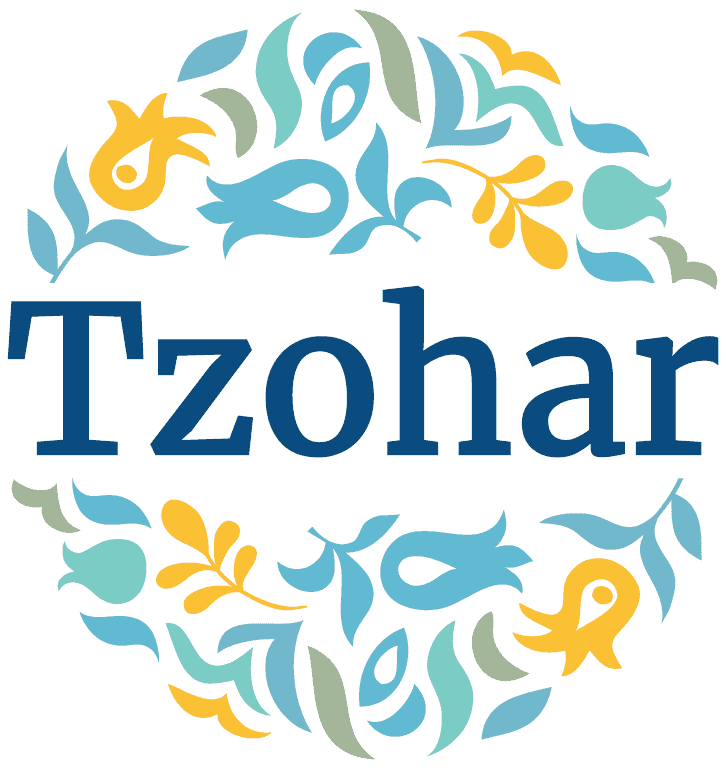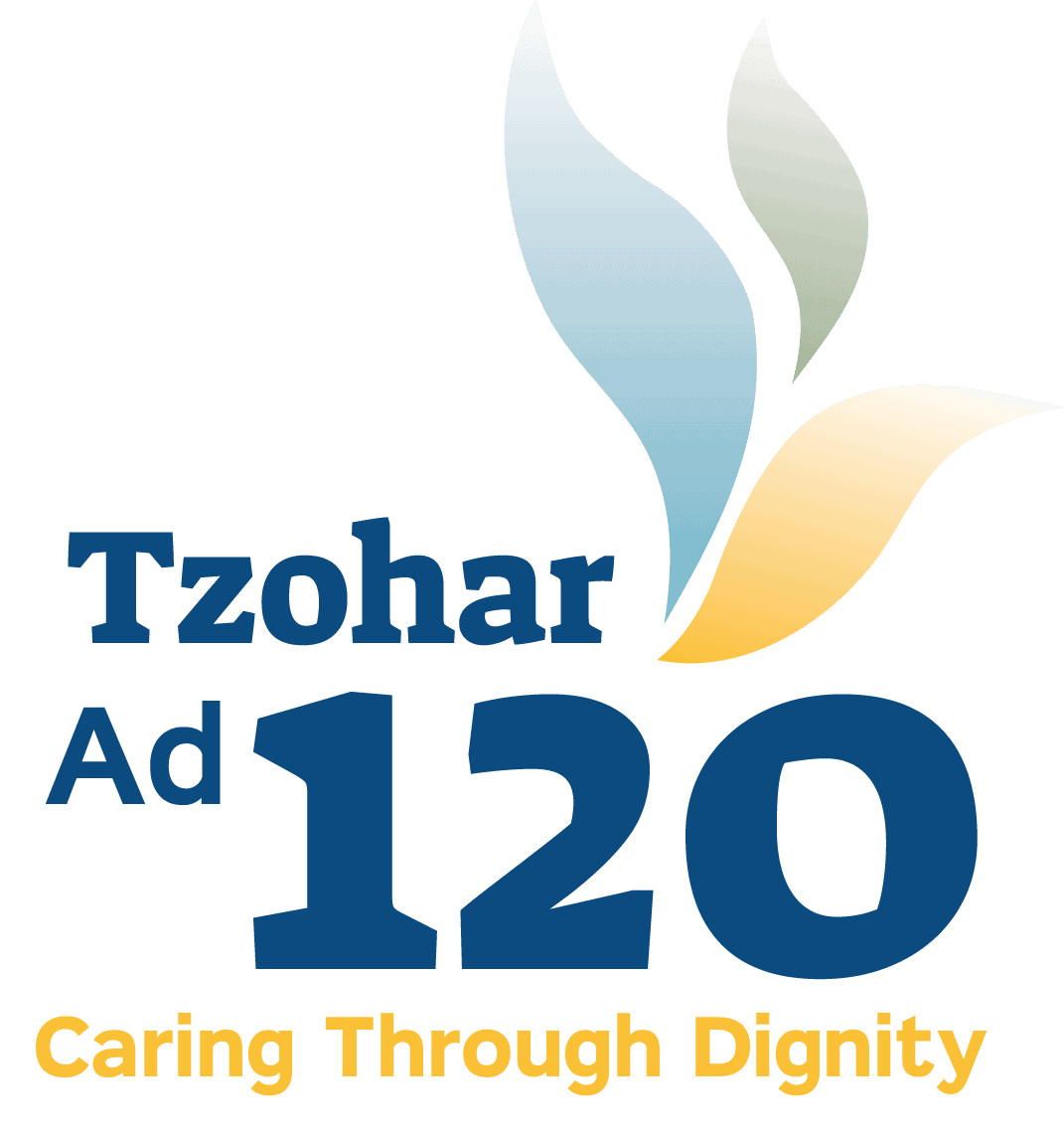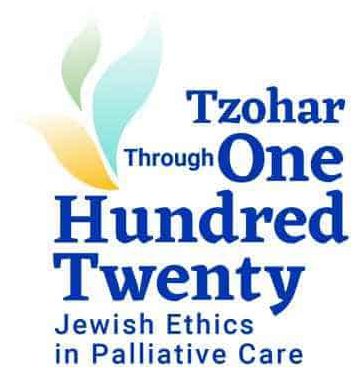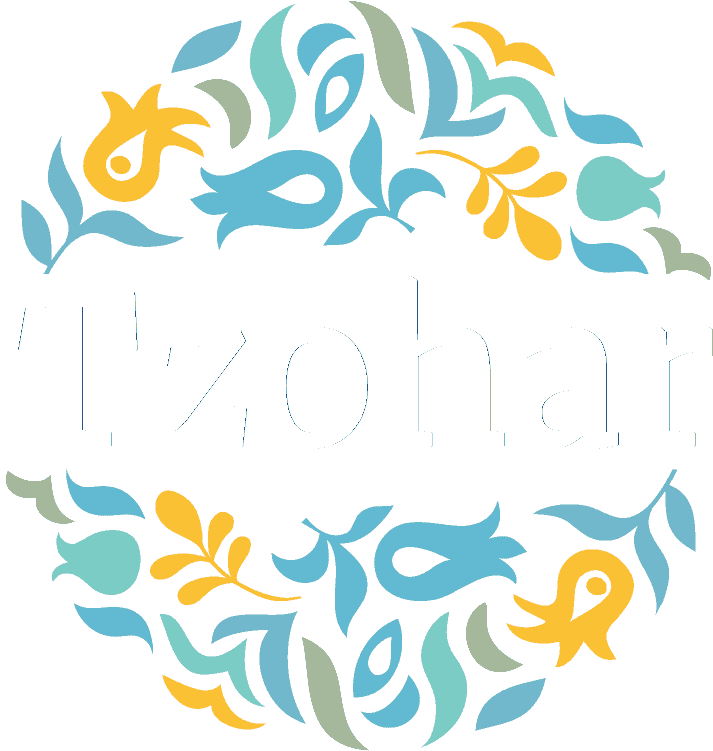- Introduction
Prolonging life via artificial respiration/ventilation is a life-saving treatment, but in many cases the possibility of ventilation brings up a difficult question: is prolonging this patient’s life truly desired or needed? In some cases, the ventilation will lead to prolonging of life artificially, but with no real benefit to the patient’s life, and all efforts act only to prolong suffering. To make matters worse, terminally ill patients will at times express their wishes to abstain from artificial respiration, whether when the need arises or beforehand as an advance directive. Even amongst patients that are not terminally ill or in a state of emergency, there are cases where a patient has lost the will to live and is not interested in further treatment. In other cases, such as car accidents, the patient may not have the ability to express his opinion on the issue. When a victim of a car accident arrives at the hospital, they are immediately connected to life-saving machinery and only afterwards is the issue of the potential benefit of treatment addressed. At times the issue does not just involve the patient’s wishes; the medical personnel may bring up the issue of whether artificial respiration will be beneficial.
This position paper will deal with the following issues: is it proper to consider withholding artificial ventilation? Is there a difference between stopping artificial ventilation as opposed to withholding the treatment outright? In which cases can one opt out of connection to a mechanical ventilator? Can one find a middle ground between removal from a mechanical ventilator and continuing with total respiratory treatment1
The issues dealt with in this position paper are very serious. Any small change in case details can change the conclusion, and therefore one should not decide the halacha directly from this paper. For practical advice, reach out to Tzohar’s call center at *9253
- The Ethical Dilemma
The inherent value of human life is highly regarded in the hierarchy of humankind’s values. This value demands placing priority on conserving human life against any dangers that befall it. However, in certain cases, quality of life may trump the inherent value of life. Granted that quality of life is subjective, and therefore will not usually function as the main determinant or deciding factor in withholding treatment.
The main ethical dilemma in this case is the conflict between the inherent value of life and the value of autonomy. According to this value, man is in control of himself and should be able to make independent decisions regarding his body. Autonomy dictates that a patient of sound mind should be the ultimate decider of if and how he should be treated. Despite this, the weight which we grant a patient’s desires is dependent on the type of treatment; there is a more significant focus placed on the patient’s wishes when dealing with direct treatment of a disorder and when contemplating disease outcomes and further care. On the other hand, the patient’s wishes are taken into account less when dealing with supportive/palliative care2.
- The Jewish Position
- Sanctity of Life and the Obligation to Preserve a Life
“The souls of Israel are more precious before God than all the mitzvot”. So writes Rashi (Yoma 82b) in his commentary in the Gemara dealing with pikuach nefesh overriding the majority of the mitzvot, barring the three major sins. One can learn from this that the value of life is a lofty one, but it does not trump all. Life’s inherent value mandates maintaining a healthy lifestyle, and therefore one who is sick is commanded to seek out treatment, and medical professionals are commanded to heal him3. There are cases in which the obligation to preserve life is overridden due to suffering, and it is even possible that the responsibility to save a life does not exist when there is no way to prevent suffering4.
- Man’s Ownership Over His Body
The debate over whether a patient can make decisions regarding his body which may shorten his life touches on a question that divided the Achronim: does man have ownership over his own body? It is worthwhile to note that even according to those who hold that man does have ownership over his body, this refers to partial ownership with God and does not grant the right to cause himself bodily harm5. From a halachic perspective, the question of man’s ownership over his body has ramifications on the extent of one’s responsibilities to it: when is he misusing his body and in what situations can the owner (God) demand its return without man being responsible to fight for his life?
- Removal of an Object Preventing Death
The human life is holy and considered precious before God, yet King Shlomo writes in Kohelet 3:2 “a time to die”, expounded by Rabbi Yehuda Chasid that there is a stage where man is ready to die and one may withhold efforts to save him: “Why does Kohelet say this? It must be that when man is dying and his soul begins to leave him we do not cry out that his soul should return, for he can only live a small number of days and those days would be full of suffering”6. Based on the words of the Sefer Chasidim, the Rama rules that actions causing death to approach faster are forbidden unequivocally, but in the case of a dying patient one can remove an object preventing his death7.
- Artificial Respiration
The discussion around “removing an object preventing death” has direct ramifications on the issue of artificial respiration. Granted that some hold that stopping ventilation is considered “removing an object preventing death” and is permissible in certain medical cases8, but the accepted opinion amongst poskim is that withdrawing artificial respiration is a death-quickening procedure, and therefore prohibited. Only passive prevention of connection to a ventilator is permissible9.
- Conclusions
- There is a fundamental prohibition against disconnected a patient unable to breathe independently from a ventilator or to stop administering oxygen10. In rare cases where the ventilated patient is in extreme distress – one should consult with a rabbi regarding how to proceed11.
- When dealing with a patient who has no hope for recovery and has stopped breathing, there is no obligation to connect them to a ventilator and extend the little time they have left, as long as the assumption is that the treatment will only further suffering either during the ventilation or afterwards12.
- It is proper to connect a terminally ill patient to a ventilator that operates at fixed intervals in order to allow for decision making regarding whether to withhold renewal of the artificial respiration13, however the technological abilities to do this are complicated.
- When a patient connected to a ventilator reaches failure of at least three essential body systems and is suffering, it is permissible to decrease the respiration rate of the machine to a rate where the patient is still breathing, as well as setting the oxygen concentration to 21%, the concentration of oxygen in the normal air14.
- Regarding an infant that is born with a pulmonary defect and treated with an ECMO machine, oxygenating blood to the lungs: if it becomes clear that the treatment is failing and there is no possibility of pulmonary development and sustained life, it is permissible to disconnect the infant from the machine due to the fact that they were never considered truly stable15.
הערת שוליים
- We have expanded on the topic of halacha’s perspective on suffering elsewhere. See position paper ‘Suffering in the Context of Medical and Halachic Considerations’. Here we have summarized the .fundamental issue and engaged mainly with analysis of artificial respiration
- See: The Medical Halachic Encyclopedia, volume 5, entry ‘Terminally Ill (1)’. Pages 171-176; Roi Gilber, “Until the Breathing Stops – Stopping Artificial Respiration in Terminally Ill Patients in Light of the Ruling in Motion (Tel Aviv) 14-11-16813 John Doe vs. the Attorney General” Mivzak He’arot, ruling 42, May 2015, pages 35-69 (https://bit.ly/3lNUwGD). For additional sources and an understanding of the legal status in Israel, see position paper ‘Suffering in the Context of Medical and Halachic Considerations’.
- See position paper ‘The Obligation to Be Healed’.
- See Ba’Ohalah Shel Torah responsa, volume 1, article 56:4, and see position paper ‘Artificial Nutrition in Terminally Ill Patients’, endnote 11. Halachic decision-making in this field is based on discussions and stories from the Gemara, such as the death of Rabbi Chanina ben Tradyon (Avodah Zara 18a) and others (see position paper ‘Suffering in the Context of Medical and Halachic Considerations’ and endnote 4 there).
- According to Rabbi Shlomo Yosef Zevin (In Light of Halacha, pages 318 onwards; ibid., Halacha and Medicine, 2 [1981], pages 93 onwards), man does not have ownership over his body. Rabbi Shaul Yisraeli (The Torah and the State, 5-6 [5713-5714], page 106; ibid., Amud HaYemini, article 16:16 onwards) disagrees and believes that there is dual ownership with God. See The Medical Halachic Encyclopedia, volume 2, entry ‘consent’, pages 673-674. Even if man does not have ownership over his body, it seems that he is permitted to make decisions relating to his body and his life, provided that these decisions follow Torah law. See Rabbi Yuval Cherlow, ‘Withholding Treatment in Terminally Ill Infants Infected with Invasive Bacteria’ Assia, 85-86 (5769), page 58
- Sefer Chasidim, article 234.
- Rama, Yoreh Deah, article 339:1, the poskim discuss the meaning of “an action causing death to approach faster is forbidden unequivocally” and what is included in the category of “removal of an object preventing death” that would be permissible in certain cases. See: Nishmat Avraham, Yoreh Deah, article 339:8; The Medical Halachic Encyclopedia, volume 5, entry ‘Terminally Ill [1]’, pages 124-131; Yisrael Katz, ‘The Law of “Removing a Preventative Object” – The Laws of Dying, from Original Sources to Modern Day’, Assia Books, 16 (5779), pages 258-267.
- See: Rabbi Chaim David Halevi, ‘Disconnecting a Patient with No Chance for Survival From an Artificial Ventilator’ T’chumin, 2 (5741). According to them, a ventilator is considered external artificial support and therefore withdrawing it is considered ‘removal of an object preventing death’. See The Medical Halachic Encyclopedia as well, volume 5, entry ‘Terminally Ill [1]’ page 147, footnote 256.
- See: Igrot Moshe, Yoreh Deah, volume 3, article 132; Tzitz Eliezer, volume 17, article 72:13; The Medical Halachic Encyclopedia, volume 5, ‘Terminally Ill [1]’, page 148, footnote 257.
- At this time, we are not dealing with the issue of determining time of death and disconnecting the machine after determination of brain death. For these issues, see: Nishmat Avraham, Yoreh Deah, article 339:2; The Medical Halachic Encyclopedia, volume 6, entry ‘Time of Death’, pages 816-886; Rabbi Mordechai Halperin (editor), Determining Time of Death: A Collection of Essays, Jerusalem 5768; Position paper ‘Organ Transplantation’.
- One may rely on the opinion of lenient poskim, see earlier in endnote 8.
- This is the opinion of Rabbi Shlomo Zalman Auerbach. See: Nishmat Avraham, Yoreh Deah, article 339:4; Minchat Shlomo, volume 1, article 91:4. Rabbi Hedaya expresses similar notions regarding administering medication to terminally ill patients; see Yaskil Avdi, volume 7, Yoreh Deah, article 40. In contrast, Rabbi Waldenberg (Tzitz Eliezer, volume 13, article 89 and volume 14, articles 80-81) holds that as long as a patient has a fundamental life source, the physician is obligated to perform any procedures that prolong his life. See a summary of the opinions in Nishmat Avraham, ibid.
- Tzitz Eliezer, volume 13, article 89; see as well The Medical Halachic Encyclopedia, volume 5, entry ‘Terminally Ill [1]’, page 149, footnote 260. Regarding the practical approaches and halachic ramifications of a ventilator operating in cycles, see Rabbi Mordechai Halperin, ‘Regulatory Systems (Timer) to Make Ventilation a Cycled Medical Treatment’, Assia, 81-82 (5768), pages 99-104; and see the positive feedback of Rabbi Yehoshua Yishaya Neuwirth and Rabbi Avigdor Nebenzahl, ibid.
- See Rabbi Avraham Steinberg, ‘Halachic Protocols for Physician Behavior in the ICU – According to the Opinions of Rabbi Shlomo Zalman Auerbach and Rabbi Shmuel Halevi Wosner’, Assia, 63-64 (5759), pages 18-19; The Medical Halachic Encyclopedia, volume 5, entry ‘Terminally Ill [1]’, page 150, footnote 262. Compare to the essay of Roi Gilber (earlier in endnote 2) who also deals with the possibility of lowering the level of mechanical ventilation from a legal perspective.
- This is the opinion of Rabbi Shlomo Zalman Auerbach and Rabbi Yosef Shalom Elyashiv. See Nishmat Avraham, Yoreh Deah, article 339:7. See Rabbi Yuval Cherlow, ‘Withholding Treatment in Terminally Ill Infants Infected with Invasive Bacteria’ Assia, 85-86 (5769), pages 48-62.
